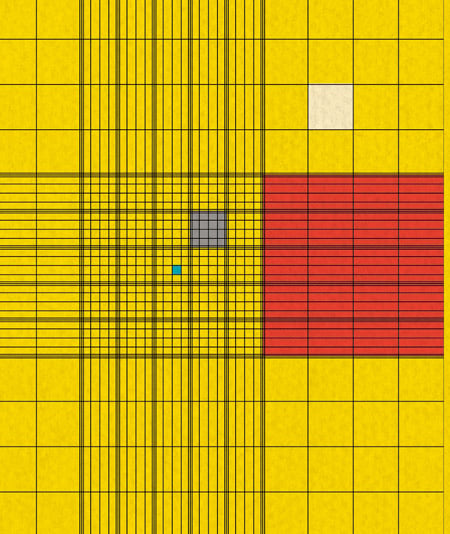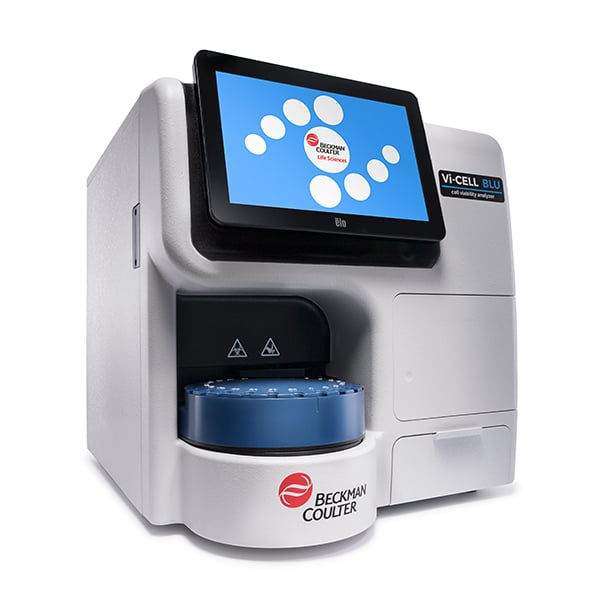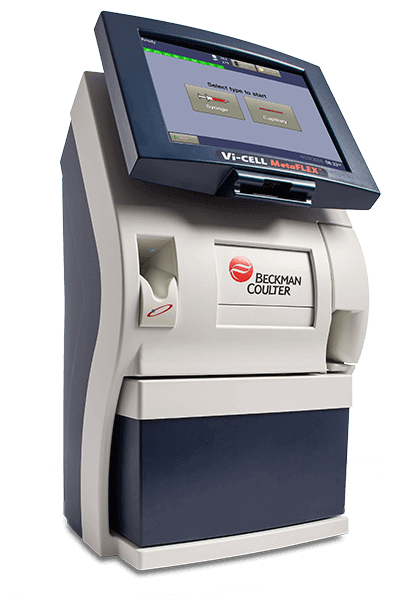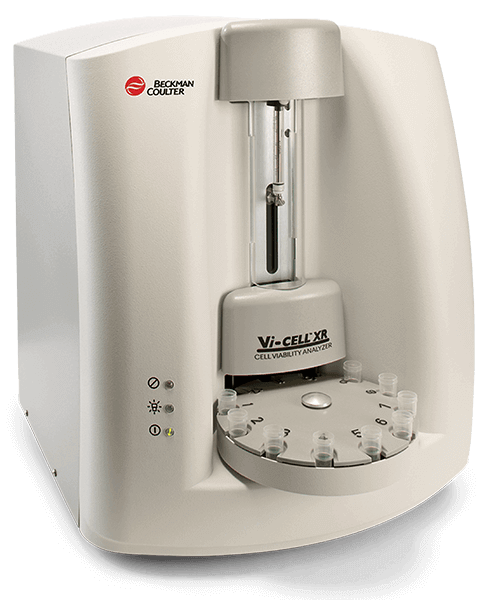Mastering Cell Counting
Head To Head: Automated Cell Counting vs. Manual Cell Counting
 Accurate cell counting is critical to ensure experimental success and reproducibility for cell-based assays and cell culture applications.
Accurate cell counting is critical to ensure experimental success and reproducibility for cell-based assays and cell culture applications.
Calculating the number of cells is required for monitoring cell proliferation & viability, optimizing cell culture conditions, and preparing cell-based assays.
Cell counting procedures need to be:
- Accurate
- Reproducible
- Cell type independent, i.e., take into consideration cell property variables such as cell clumping, cell shape, and cell populations of varying size
AUTOMATED Cell Counting
Automated cell counters offer an efficient and reliable way to quickly count and analyze a cell population.
Image-Based Counters
Image-based systems use bright field or fluorescent microscopy to capture an image of the cells. Some systems operate on a flow-based imaging methodology where cells are drawn into a capillary and the cells are imaged and counted as they pass a detector. Cell viability can be calculated using dye exclusion methods, such as Trypan Blue. Software analyzes the images based on system-specific parameters such as cell diameter, brightness, and circularity to determine the number of cells and cell viability. Coulter Counters
Coulter Counters
Coulter counters measure changes in electrical resistance to determine the number, volume and size of the cells in the sample. Some Coulter counters offer the ability to distinguish live cells from dead cells and cell debris.

Flow Cytometers
Flow cytometers are not dedicated cell counters and report on relative values, such as the percent of cells in a given sample that have specific properties. The volume of sample counted needs to be determined to calculate the absolute cell count. To accomplish this, samples need to be spiked with fluorescent counting beads as a control.
| PROs | CONs |
| Fast | Initial cost for equipment |
| Accurate | |
| Reproducable | |
| Eliminates subjectivity | |
| Analysis & graphical display | |
| Data storage & export capabilities | |
| Supports 21 CFR Part 11 |
MANUAL Cell Counting
Manual cell counting offers an accessible way to determine the concentration of cells in a liquid sample, requiring just a light microscope and hemocytometer.
| Cell density (cells/mL) | = | (Average number of cells counted per square) x (Dilution factor) |
| Volume of square (mL) |
| Cell viability (%) | = | Total viable cells (unstained) |
| Total cell (stained + unstained cells) |
Hemocytometer
| DIMENSIONS | AREA | VOLUME AT 0.1 MM DEPTH |
| 1 x 1 mm | 1 mm2 | 0.0001 mL |
| 0.25 x 0.25 mm | 0.0625 mm2 | 0.00000625 mL |
| 0.20 x 0.20 mm | 0.04 mm2 | Initial cost for equipment |
| 0.05 x 0.05 mm | 0.0025 mm2 | 0.00000025 mL |

1. Apply the cell suspension so that the sample fills the chamber.
Tip: Dilute the cell suspension if necessary. Cells should be uniformly distributed without clumping or overlap on the grid.
2. Using a microscope, count the number of cells in 4 squares.
Tip: The lower the concentration of cells, the more squares should be counted to reduce statistical errors.
Tip: Only count cells that are within the square or on the bottom or left lines; do not count cells that touch the top or right lines of the square.
3. Calculate the density of cells in the suspension.
| PROs | CONs |
| Inexpensive | Time-consuming |
| Versatile | Labor-intensive |
| Variable results | |
| Limited features | |
| Poor reproducability | |
| Subjective |
Products for Cell Counting

Vi-CELL BLU
Use the Vi-CELL BLU for fast, small volume viability analysis
Vi-CELL MetaFLEX
Use the Vi-CELL MetaFLEX for immediate, accurate analysis of bioreactor media analysis



